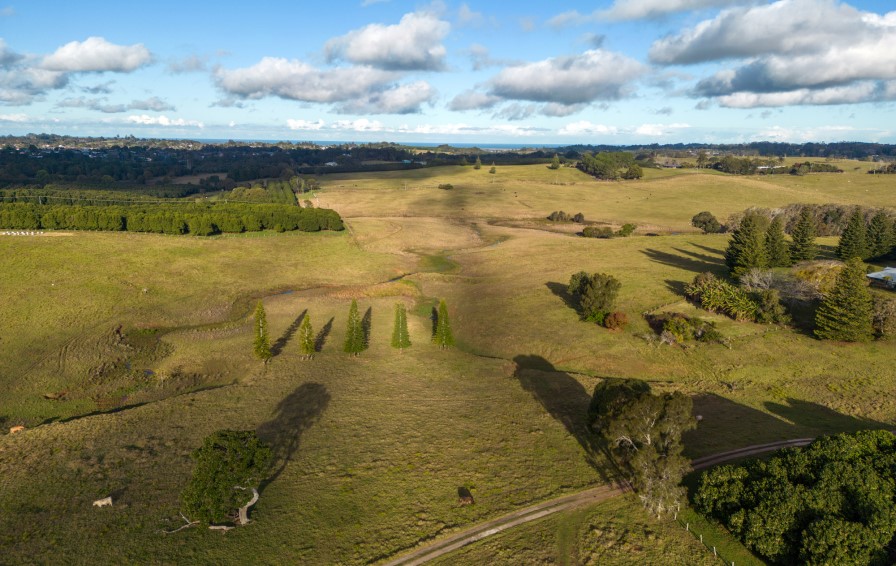ATO has clarified when deductions for losses and outgoings that relate to holding vacant land will be denied in relation to individuals not conducting a business or in primary production.
Deductions for losses and outgoings that relate to holding vacant land on which there is not substantial and permanent structures in use or available for use has been denied since 1 July 2019. However, confusion around the application of the provision and exclusions have prompted the ATO to release a Ruling that clarifies when the provision applies to a specific landholding aside from the business , entity or primary production exclusions.
Generally, deductions related to the cost of holding vacant land will not be denied if there is a substantial and permanent structure on the land that is in use or available for use, and the structure has to be independent of and not incidental to the purpose of any other structure or proposed structure on the land.
In this context, a substantial structure must be significant in size, value or some other criteria of importance in the context of the property, and to be permanent, the structure needs to be fixed and enduring (e.g. a house). In addition, structures that have the purpose of increasing the utility of another structure are not considered independent.
For example, the ATO notes that while fencing, garages, or sheds may be considered substantial and permanent, they do not have a purpose independent of the residence.
Additionally, to be able to claim a deduction, any substantial and permanent structure must be in use or available for use.
According to the ATO, whether from a residential or commercial perspective, this means that the premises are capable and lawfully able to be occupied.
For example, in situations where some residential premises on the land has been deemed by the local council or another relevant body/qualified professional of being unsafe to occupy, then any deductions would be denied from that point onwards as the structure was “not available for use”.
However, if an owner of a vacant lot constructs or substantially renovates existing residential premises on the lot, the structure will be disregarded as a substantial and permanent structure unless it can be lawfully occupied and is leased, hired, or licensed (or available for lease, hire or licence).
In other words, where an individual purchases vacant land and then builds a residence on the land, they can only deduct holding costs from the date the residence is both lawfully able to be occupied (i.e. occupancy certificate issued) and is available for lease (i.e. listed with an agent).
These two conditions (i.e. lawfully able to be occupied and available for lease) will apply throughout an individual’s entire ownership period of the land where a new premise is constructed, or an existing premises is substantially renovated.
This means that if the owner decides to stop leasing the premises for a period of time for any reason, the structure would be disregarded, and the land will be considered to be vacant, and deductions may be denied.
Further complications exist where an individual purchases a vacant block on multiple titles and builds residential premises on only one of the titled blocks or where a vacant block is purchased and then subdivided and a residence is built on only one of the subdivided blocks.
Taxpayers should also be careful when selling previously vacant land that they have constructed premises on (or if they have substantially renovated the premises) to avoid unintended tax consequences.

Did you know we are busy over on our social media with a more relaxed vibe? If you want to get to know us better, head over to Instagram. https://www.instagram.com/garnet_business_services/
If you’re unsure about your personal or business situation and would like some support and guidance, please reach out.
Email reception@garnetaccounting.com.au or click to book an appointment below.

